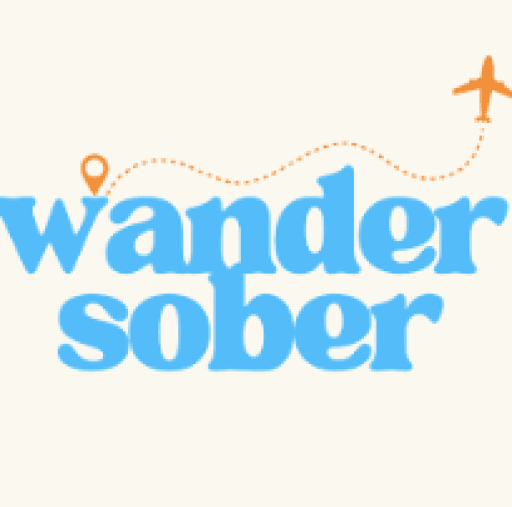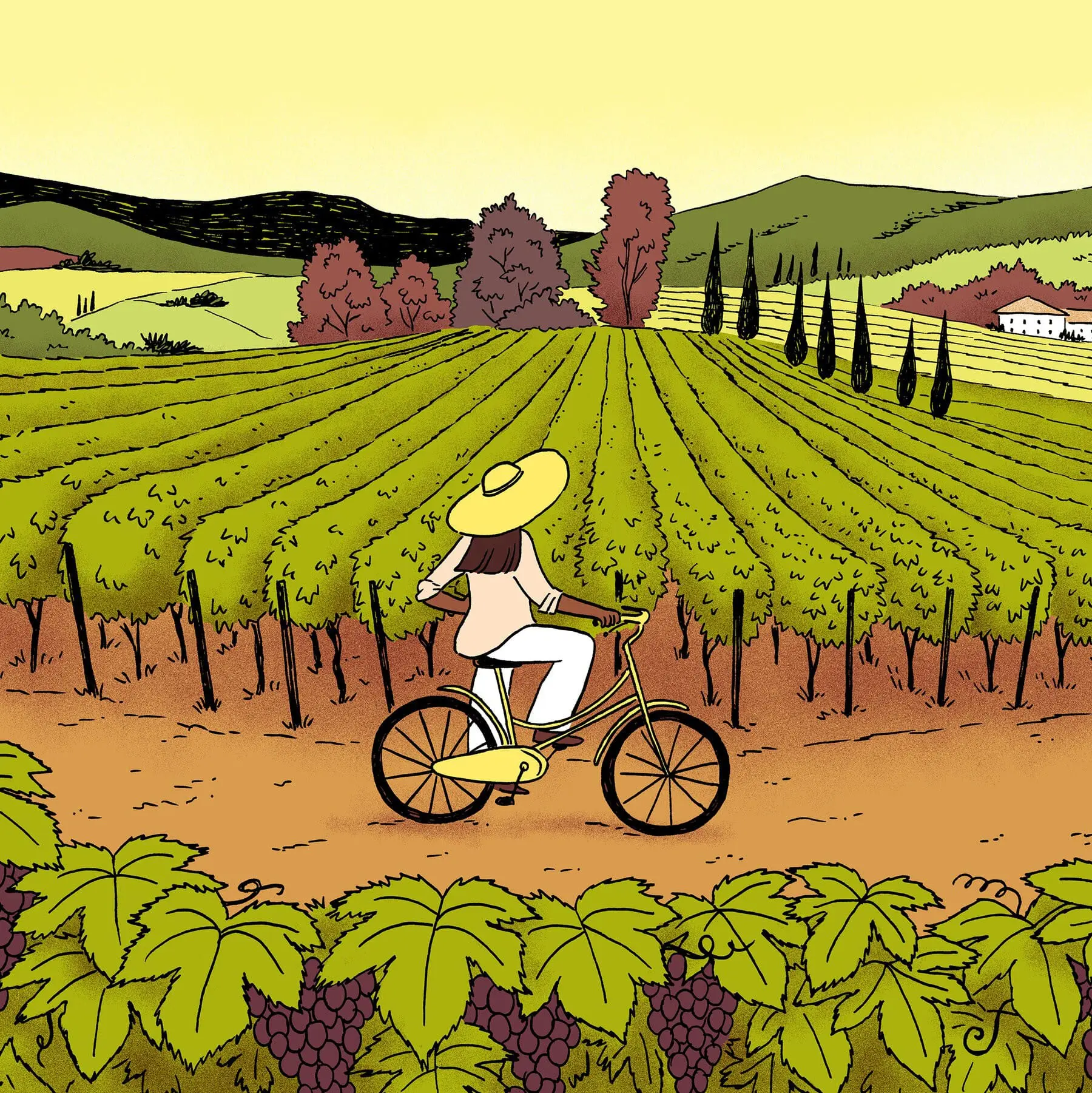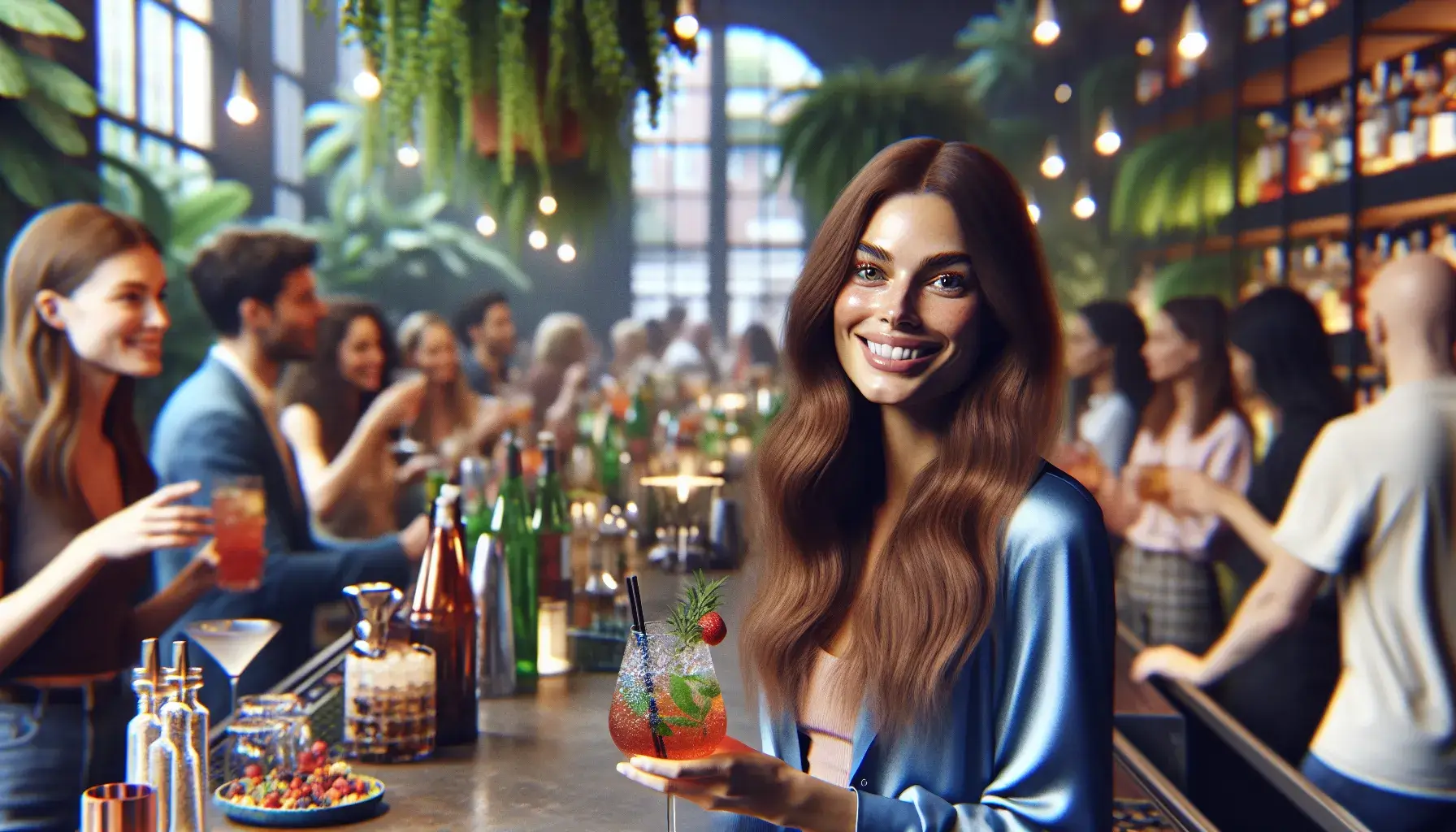Italy’s rolling vineyards and bustling trattorias often steal the spotlight but there’s a whole world to discover beyond the wine glass. I’ve found that exploring Italy sober opens up a fresh perspective on its rich art history vibrant food scene and captivating culture. There’s so much more to savor when my senses are clear and present.
From wandering ancient cobblestone streets to tasting bold flavors in every bite I’ve learned that Italy’s magic isn’t just bottled up in Chianti or Prosecco. Whether I’m gazing at Renaissance masterpieces or indulging in creamy gelato each moment feels more vivid and memorable. Sober travel lets me experience Italy’s treasures in a way that’s just as fulfilling—if not more so—than the traditional wine-soaked journey.
Exploring Sober Travel in Italy: An Overview
Traveling sober in Italy shifts my attention from Italy’s iconic vineyards to immersive art, world-class cuisine, and unique local traditions. I experience historic museums, lively piazzas, and bustling markets with heightened clarity, skipping wine tours for vibrant frescoes, Renaissance sculptures, and authentic street performances. I discover regional culinary experiences through gelaterias in Florence, trattorias in Rome, and organic markets in Bologna, focusing on Italy’s regional cuisine—pizza Margherita, Sicilian cannoli, and Ligurian pesto—without pairing each meal with alcohol.
Choosing sober travel in Italy gives me full days exploring pastoral landscapes, ancient ruins, and bustling festivals. I visit sites like the Colosseum and Uffizi Gallery with alertness and engage with artisans, food vendors, and guides in deeper, uninterrupted conversations. My itinerary centers around cultural events—Venetian mask workshops, Roman amphitheater concerts, and Neapolitan pizza-making classes—providing memorable experiences not reliant on Italy’s celebrated wine culture.
Experiencing Italian Art Without Alcohol
I explored iconic Italian art without distraction, noticing details in texture, color, and history that often fade during wine-centered visits. This focus deepened my appreciation for Italy’s artistic legacy.
Must-See Museums and Galleries
I visited the Uffizi Gallery in Florence, where Botticelli’s “The Birth of Venus” and Leonardo’s works stood out with vibrant clarity. The Vatican Museums in Rome displayed vast collections, including Michelangelo’s Sistine Chapel ceiling. In Venice, the Peggy Guggenheim Collection offered modern masterpieces. The Galleria Borghese in Rome showcased Bernini sculptures and Caravaggio paintings in intimate settings. Each visit felt immersive and unhurried, thanks to clear observation unclouded by alcohol.
| Museum/Gallery | City | Highlights |
|---|---|---|
| Uffizi Gallery | Florence | Botticelli, Leonardo da Vinci |
| Vatican Museums | Rome | Sistine Chapel, Raphael Rooms |
| Peggy Guggenheim Collection | Venice | Picasso, Kandinsky, Pollock |
| Galleria Borghese | Rome | Caravaggio, Bernini |
Engaging With Local Artists and Events
I attended art workshops led by Florentine painters, where traditional fresco techniques revealed centuries-old methods. In Rome’s Trastevere district, I watched street artists transform blank walls into murals. At local artisan markets in Venice, I joined mask-decorating sessions with craftspeople who described centuries of Carnival tradition. Museums hosted live demonstrations, such as mosaic making in Ravenna’s Byzantine enclaves, connecting classic techniques with today’s creators. Conversation with artists flourished in these sober settings, inviting deeper engagement and expanding my understanding of Italy’s artistic communities.
Enjoying Italy’s Food Scene Sober
I discovered Italy’s food scene offered richness and excitement without wine. Local flavors stood out with each sober meal, and regional cuisine revealed more depth.
Traditional Dishes Beyond Wine Pairings
I explored classic Italian dishes—like risotto alla Milanese in Milan, cacio e pepe in Rome, and arancini in Palermo—without focusing on wine pairings. Authentic trattorias served fresh pasta, seafood, and seasonal vegetables, highlighting ingredients such as olive oil, basil, and Parmigiano-Reggiano instead of wine sauces. Each meal became a chance to savor flavor combinations on their own merit, from artichoke fritti in Rome to pesto-tossed trofie in Genoa. I found desserts like Sicilian cannoli and Neapolitan sfogliatella offered natural, sweet finishes, letting Italy’s culinary variety shine independently.
Cafés, Markets, and Non-Alcoholic Beverage Options
I frequented bustling markets in Florence, Naples, and Bologna, sampling olives, focaccia, cheeses, and fruit without distraction. In vibrant Italian cafés, staff served orzata (barley coffee), spremuta d’arancia (fresh orange juice), and chinotto (citrus soda)—popular local soft drinks. Water infused with lemon or mint refreshed me between tastings. Many establishments featured specialty teas, herbal infusions, and rich Italian hot chocolate. Spritz alcolici appeared everywhere, but bartenders offered creative mocktails, fruit sodas, and seasonal juices as alternatives. Everyday routines—like lingering in a Roman pasticceria or people-watching over an espresso—proved just as rewarding without alcohol.
Immersing in Italian Culture Without Wine
I notice Italian culture’s depth and vibrancy everywhere, especially when I’m not focused on wine. My sober travel unveils a more attentive connection with each community, celebration, and local tradition.
Festivals and Cultural Activities for Sober Travelers
I find that Italy’s calendar overflows with events where wine’s absence doesn’t diminish the experience. Historical re-enactments like Florence’s Scoppio del Carro showcase dazzling pageantry each Easter. Food festivals such as the Alba White Truffle Fair offer regional specialties, with culinary demonstrations and chef-led tastings centered around unique ingredients instead of pairings. Art and music festivals like Umbria Jazz or Venice Biennale captivate me with performances, installations, and workshops, providing rich cultural encounters that don’t require alcohol. Local religious processions, such as Siena’s Palio or Venice’s Festa del Redentore, spotlight rituals, traditional costumes, and communal pride, immersing me in authentic Italian heritage. Guided walking tours through historic streets further highlight classic architecture and epic tales, allowing me to absorb local lore with greater clarity.
Connecting With Locals and Finding Community
I deepen my understanding of Italy’s spirit by engaging directly with residents. Meeting artisans at open studios in Florence or Venice lets me see craft techniques firsthand. Participating in pasta-making classes, hosting communal cooking sessions, or volunteering at local non-profits (for example, community kitchens or ecology projects) helps me forge meaningful bonds. Markets and cafés offer opportunities for spontaneous conversation—I chat with baristas, bakers, and market vendors while learning about regional customs. Language exchange groups in Rome or Milan introduce me to both Italian learners and native speakers, fostering mutual support and sharing laughter over gelato or espresso. Local interest clubs, bookshops, and community arts centers often post public event boards, and I use these to uncover gatherings for hikers, storytellers, and performers seeking real connection outside nightlife.
Tips for a Rewarding Sober Italian Adventure
- Seek Out Authentic Non-Alcoholic Beverages
I find Italian cafés and bars offer satisfying alternatives, including chinotto, orzata, pomegranate juice, and house-made lemon sodas. Fresh-squeezed orange juice in Sicilian markets brings bright flavor without any need for alcohol.
- Prioritize Cultural Events and Art Experiences
I focus on local art walks, outdoor concerts, and artisan workshops for engaging, alcohol-free evenings. Visiting major sites like Florence’s Uffizi or Palazzo Pitti during extended evening hours creates memorable experiences that don’t revolve around wine.
- Build an Itinerary Around Food Without Wine Pairings
I select trattorias known for regional specialties, such as cacio e pepe in Rome or seafood risotto in Venice, and appreciate each dish for its independent flavors. Dessert-focused stops—gelaterias, pasticcerie, cioccolaterie—keep meals exciting and rewarding.
- Practice Mindful Engagement During Meals and Tours
I stay present by savoring each bite and observing the details of my surroundings. Noticing texture, freshness, and techniques in pasta or bread elevates my appreciation for Italian cooking and craftsmanship.
- Leverage Social and Community Opportunities
Connecting with locals at cooking classes, language exchanges, or village festivals helps me build genuine relationships. I find that most communities value shared curiosity over shared drinks.
- Choose Accommodations with Wellness or Creative Focus
I look for family-run B&Bs, yoga retreats, or agriturismi with activities like painting classes and culinary workshops. These environments encourage mindful connection instead of drinking rituals.
Looking for more sober travel inspiration? Find your next adventure on our Homepage.
- Embrace Open-Air Settings for Sober Enjoyment
I spend time in piazzas, city gardens, lakeside promenades, and rooftop terraces—spaces where people-watching, sketching, or sunset viewing become highlights. Italian street life thrives with energy and color, regardless of what’s in my glass.
Embracing Italy’s True Essence Without Wine
Traveling through Italy without wine has opened my eyes to the country’s true essence. I’ve found joy in every brushstroke and every bite, discovering that Italy’s beauty shines brightest when experienced with clarity and intention.
Each city offers endless opportunities to connect with its art, food, and people in ways I never expected. Sober travel here isn’t just possible—it’s deeply rewarding, leaving me with memories that feel richer and more meaningful than ever.

Quit drinking on 23 July 2021 after a two-day bender and swapped bars for border crossings and 12-step meetings. Three sober years, 36 countries, 113 travellers (totally dry), fuelled by street food, jelly babies, and a broken Google Maps app. Wandersober is my journal, my SEO lab, and my mission. Featured in GQ, Mirror, Evening Standard, MarketWatch, and more.







